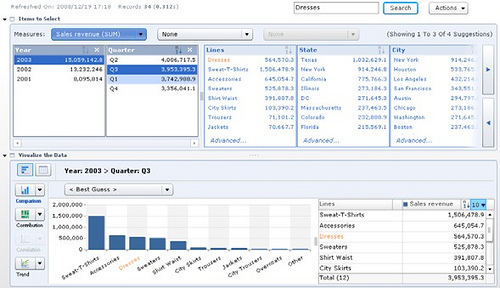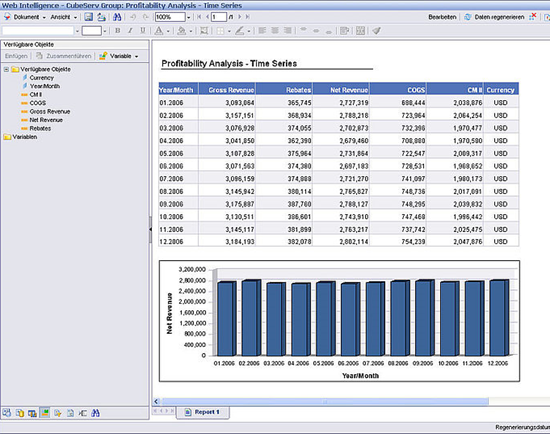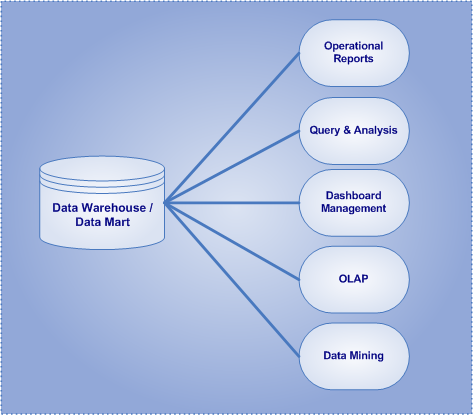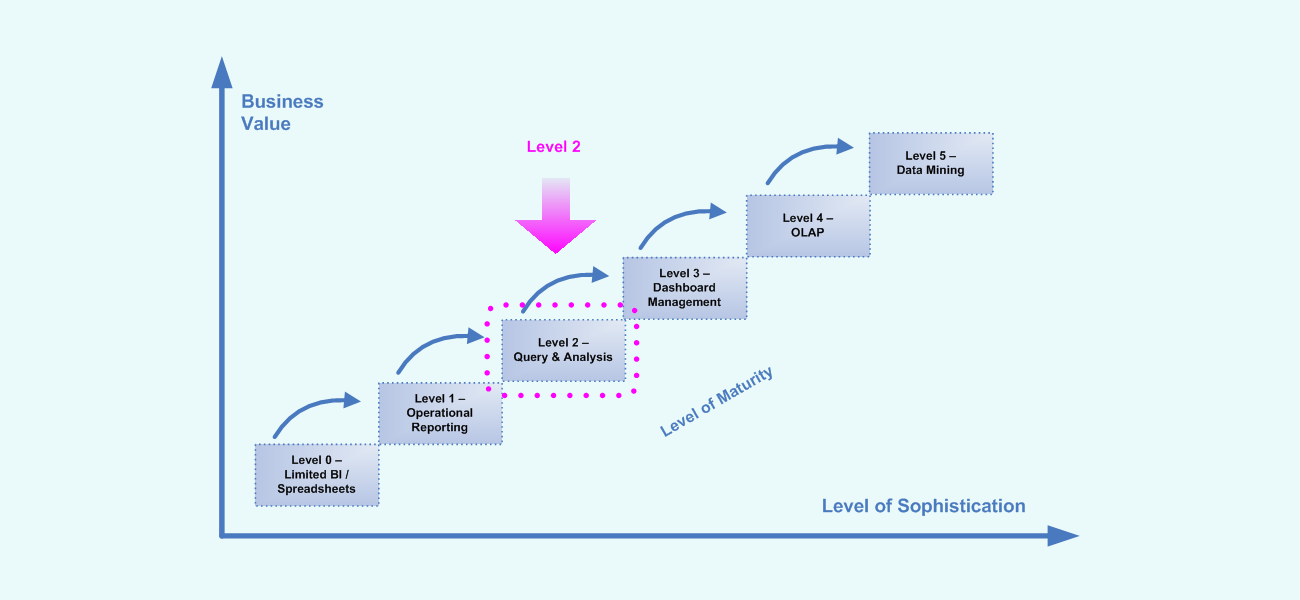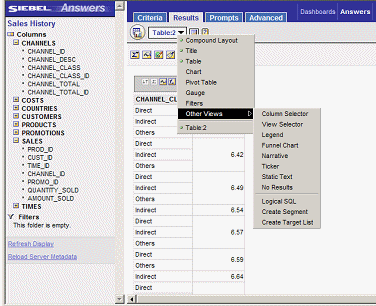BI Market: Ad-Hoc Query & Analysis (Vendors and Products) – 2011
Query and analysis solutions enable business users and analysts to rapidly generate business queries and reports from enterprise data based upon business question of the data. Also known as “ad-hoc” querying, these tools typically provide intuitive, graphical interfaces that shields users from technical complexities and allows users to leverage business terminology instead of the more technical database names. The business focus of these tools allows nontechnical professionals to be comfortable with their data and allows them to quickly and efficiently satisfy their own information needsin real time with minimal assistance from system developers. Commonly, query and analysis environments include a middleware layer that converts database conventions into business nomenclature that is more intuitive and understanding to end-users. Moreover, query & analysis environments give users the capability to access and analyze data in a unique and personal manner. Utilized primarily by business users, query and analysis solutions provide an environment that enables interactive methods to query data, present data in an ad-hoc manner, and find information on an as-needed basis.
In 2011, the market leading vendors for ad-hoc query and analysis include: SAP Business Objects, Oracle, IBM Cognos, MicroStrategy, Microsoft, Information Builders (IBI), Pentaho, Jaspersoft, & SAS.



